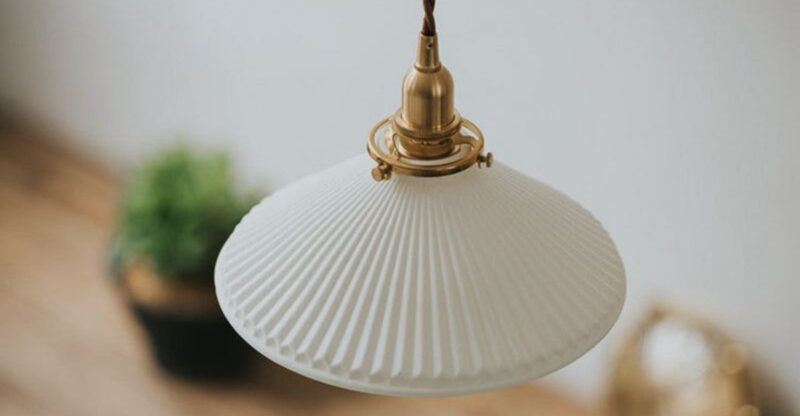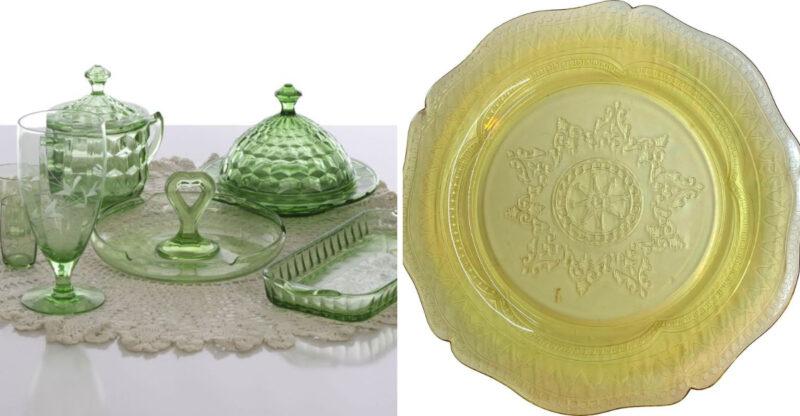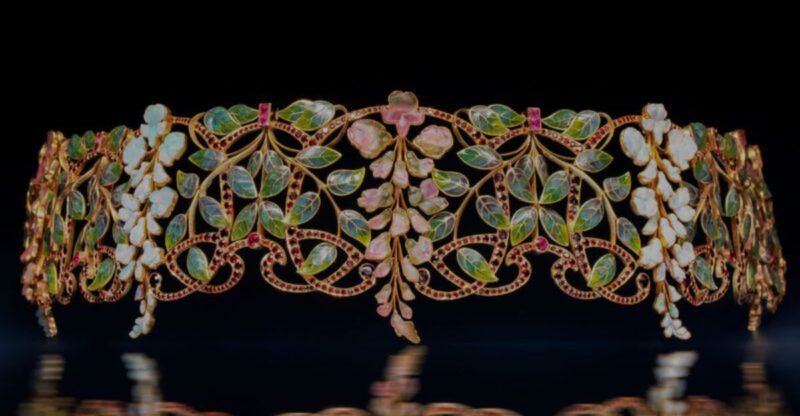11 Antique Furniture Styles Still Found In New England Homes
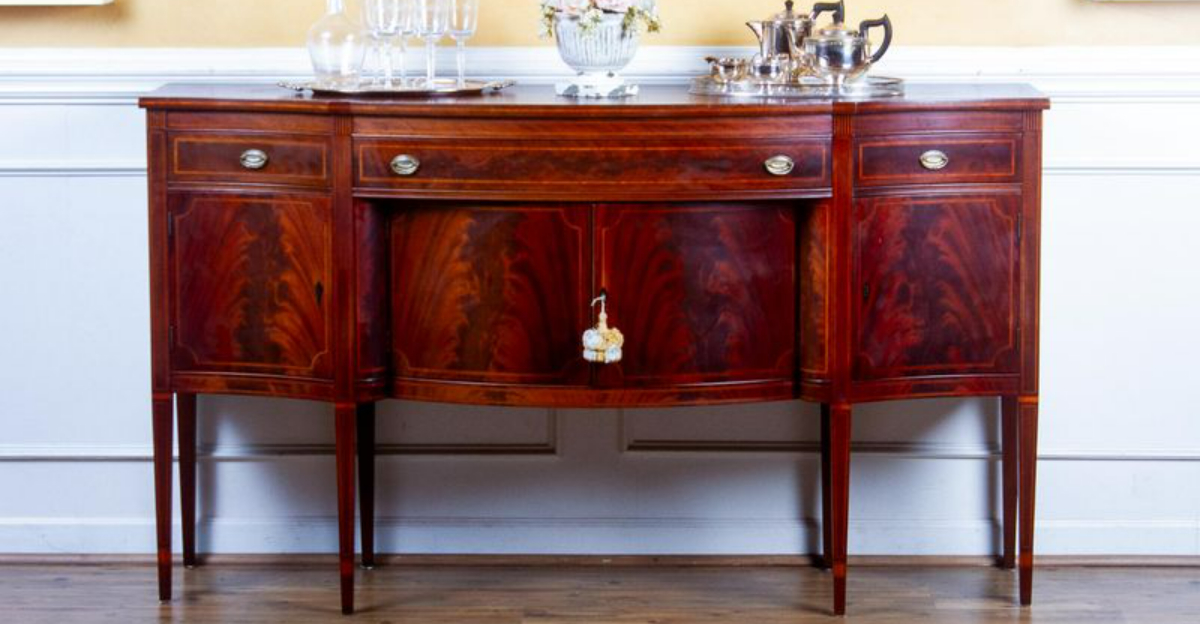
There’s a quiet elegance to New England homes that comes from generations of thoughtful living. Step inside, and you’re likely to find furniture that’s not just functional – it’s part of the region’s history. Each piece, whether it’s a carved Victorian settee or a humble Shaker chair, carries the charm of craftsmanship and tradition.
I’ve seen how New Englanders honor the past without getting stuck in it, mixing old and new in ways that feel timeless. These enduring styles still shape the character of homes across the region, and they tell a story that’s uniquely American.
1. Queen Anne Elegance
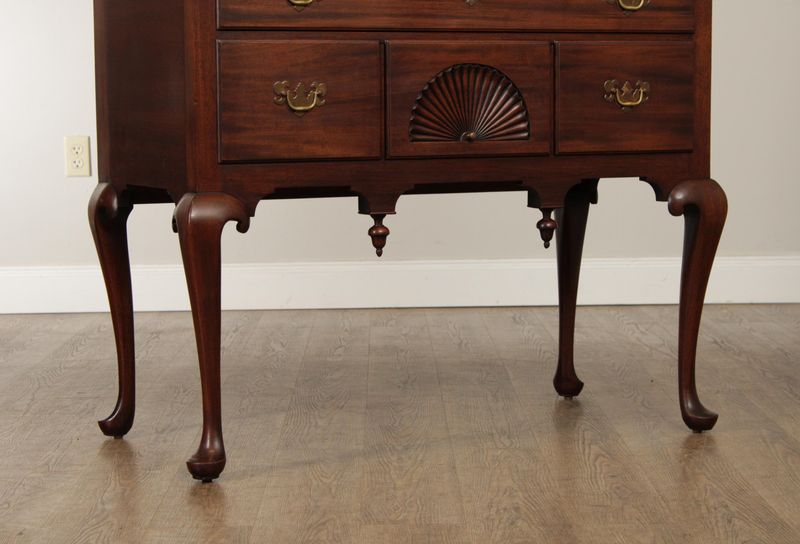
You’ll recognize Queen Anne pieces by their graceful curved lines and cabriole legs that resemble a deer’s limbs. Many New England families have passed down these elegant items for generations.
The style flourished between 1700-1755 and features walnut or maple woods with minimal ornamentation. Queen Anne furniture prioritizes comfort and beauty with its distinctive shell motifs and pad feet.
2. Sturdy Chippendale Masterpieces
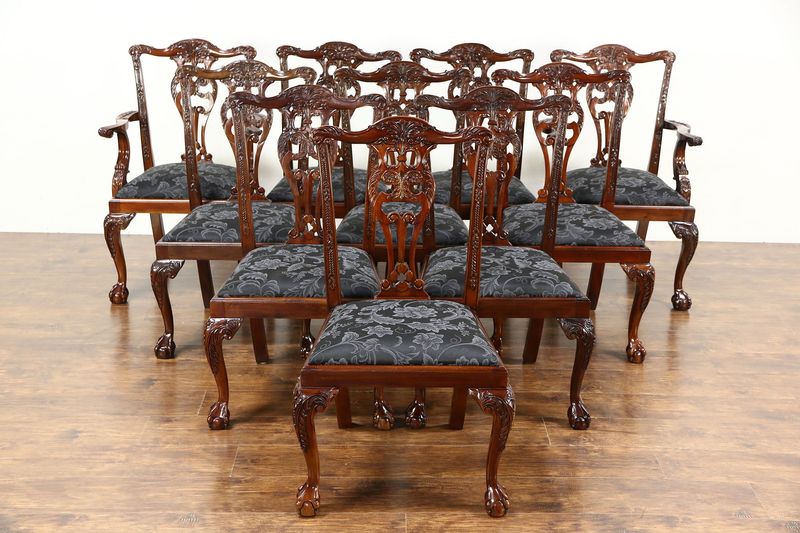
My grandmother’s Chippendale dining table has witnessed countless family gatherings since the 1760s. This style represents the height of colonial furniture craftsmanship with its intricate carvings and solid construction.
Chippendale pieces often feature mahogany with ball-and-claw feet and elaborate back splats on chairs. The style blends rococo, Gothic, and Chinese influences for a distinctive look that remains sought after in historic New England homes.
3. Federal Period Refinement
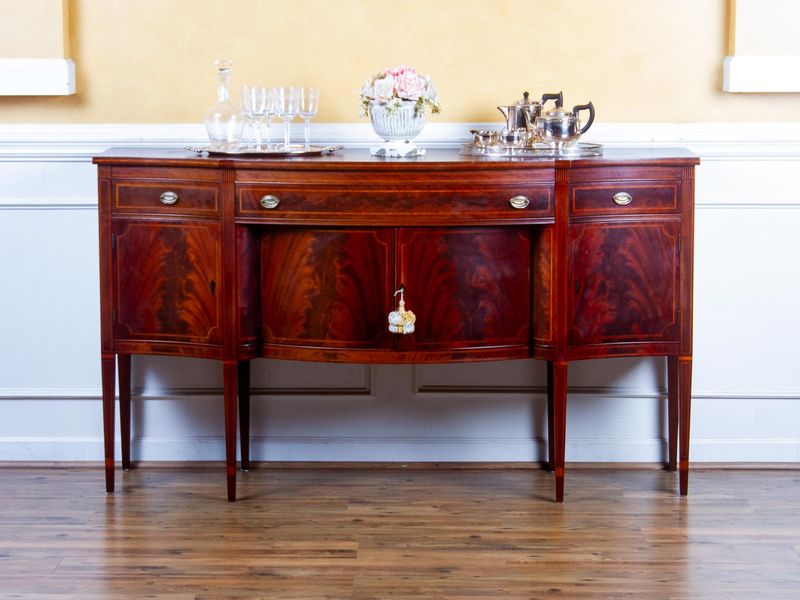
Straight lines and geometric shapes define Federal style pieces that emerged after the American Revolution. Inlaid details often feature patriotic symbols like eagles or stars on these sophisticated furnishings.
Walking through historic Salem or Portsmouth homes, I frequently spot these elegant sideboards and secretary desks. The style (1780-1820) reflects American pride while incorporating neoclassical influences from England, featuring lighter woods like satinwood and contrasting inlays for visual interest.
4. Shaker Simplicity
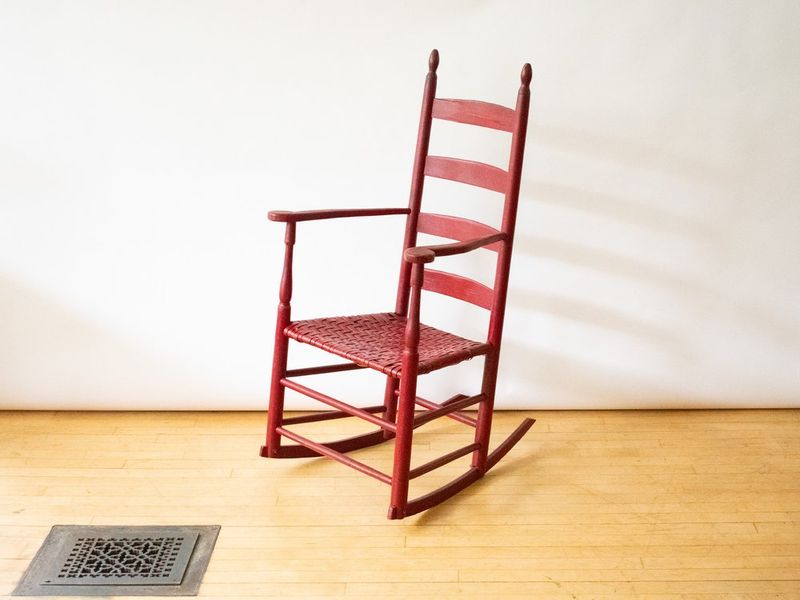
Nothing captures honest craftsmanship like Shaker furniture with its unadorned beauty. The religious group that created these pieces believed in simplicity and utility above all else.
Ladder-back chairs, peg rails, and clean-lined cabinets remain popular in New England homes seeking minimalist elegance. The Shakers’ commitment to quality means many original pieces from the early 1800s still function perfectly today, their pine and maple construction aging gracefully with subtle details that celebrate function over fashion.
5. Victorian Opulence
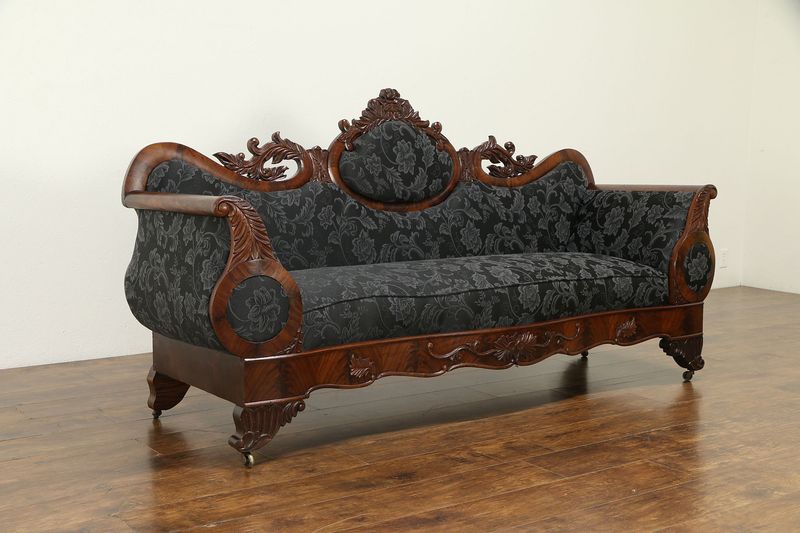
Plush velvet fainting couches and heavily carved tables transport me to an era of grandeur whenever I visit historic Newport mansions. Victorian furniture (1840-1900) embraces ornate detailing and dark woods that showcase wealth and status.
These pieces feature elaborate carvings, tufted upholstery, and curved silhouettes. Many New England families treasure these heirloom pieces despite their sometimes impractical nature, with parlor sets and ornate bedroom suites still commanding attention in traditional homes across Connecticut and Massachusetts.
6. Windsor Chair Tradition

Stepping into any authentic New England tavern or farmhouse kitchen, Windsor chairs stand as symbols of early American ingenuity. Their distinctive spindle backs and saddle seats have remained virtually unchanged since the 1700s.
Originally painted in green, red, or black, many have worn to beautiful natural wood tones over centuries of use. I love how these versatile chairs work in both rustic and refined settings, their turned legs and bow-backs representing practical craftsmanship that continues to influence furniture makers today.
7. Mission Style Solidity

Craftsman homes throughout New England showcase Mission furniture with its honest construction and quarter-sawn oak. The style emerged around 1900 as a rejection of Victorian excess, embracing simple forms and visible joinery.
Heavy proportions and straight lines characterize these pieces, often featuring exposed tenons and mortise joints. The leather upholstery and copper hardware have developed beautiful patinas in many surviving examples, making each piece uniquely appealing to collectors and homeowners who appreciate sturdy, unpretentious design.
8. Empire Revival Grandeur

Massive mahogany pieces with column details and animal-paw feet make Empire furniture instantly recognizable in historic homes. The style draws inspiration from ancient Greece and Rome, reflecting America’s early aspirations as a republic.
Heavy marble tops often crown these imposing sideboards and tables. Walking through Beacon Hill townhouses, I frequently spot these dramatic pieces dominating dining rooms and entryways, their bold proportions and classical motifs speaking to wealth and education during the early 19th century.
9. Pennsylvania Dutch Colorful Charm
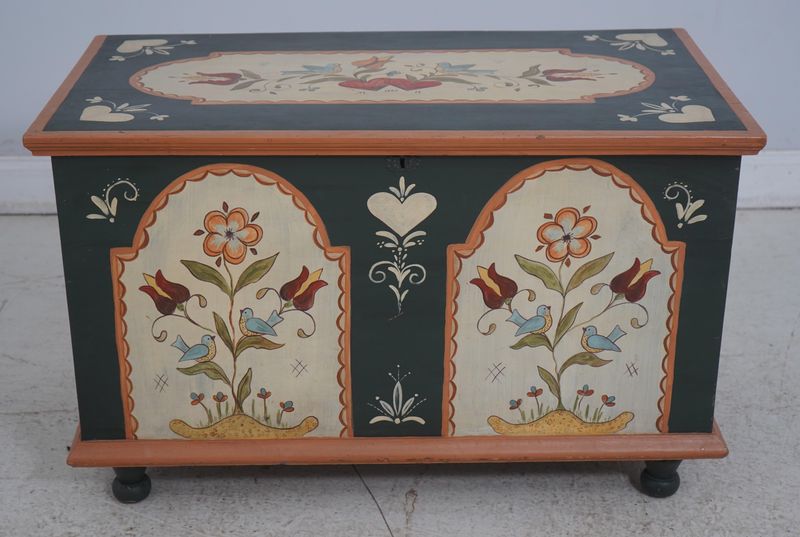
Bright folk-art painted details make Pennsylvania Dutch pieces stand out among more subdued New England styles. These distinctive items migrated north with German settlers and found homes throughout rural Massachusetts and Vermont.
Hand-painted flowers, birds, and geometric patterns adorn blanket chests and cupboards. The cheerful decorations contrast with the simple, sturdy construction of these practical pieces. Many New England families treasure these colorful heirlooms as reminders of agricultural heritage and self-sufficient craftsmanship from the 18th and 19th centuries.
10. Duncan Phyfe Inspired Elegance
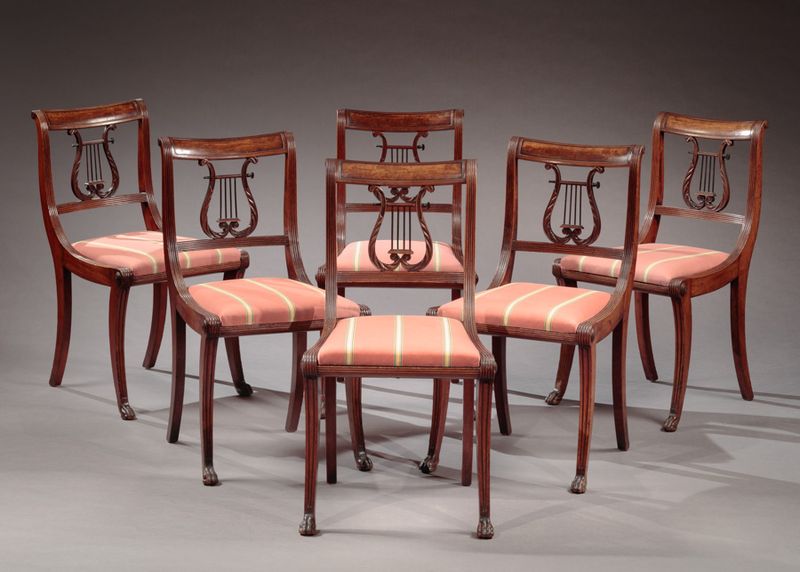
Lyre-backed chairs and drop-leaf tables with brass paw feet epitomize the Duncan Phyfe style that graces many historic Portsmouth and Salem homes. This American interpretation of neoclassical design features graceful curves and restrained ornamentation.
Cabinetmakers throughout New England created these refined pieces between 1795-1830. The style’s hallmarks include reeded legs, lyre motifs, and acanthus leaf carvings on rich mahogany. These elegant yet practical designs work beautifully in today’s homes, offering timeless sophistication that complements both traditional and contemporary interiors.
11. Hitchcock Chair Heritage
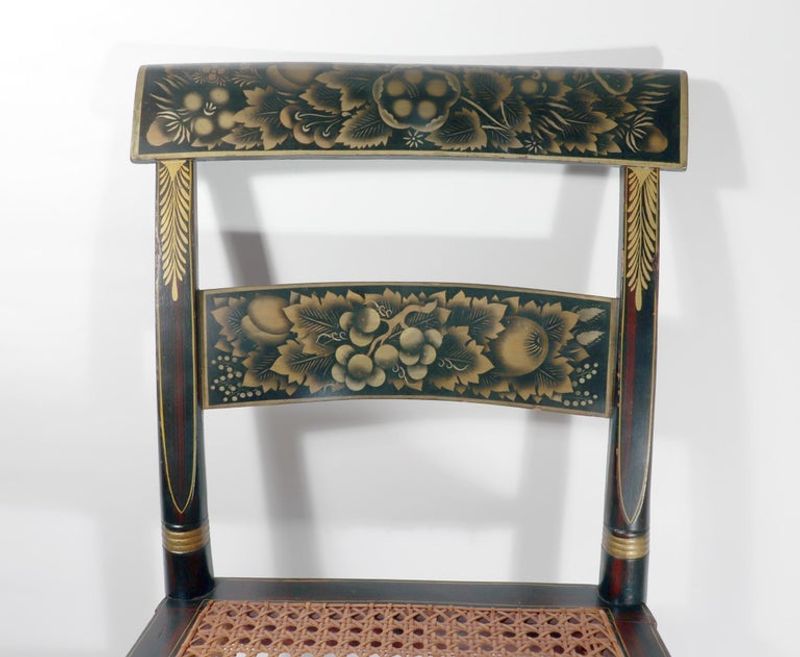
Lambert Hitchcock revolutionized furniture production in Connecticut during the 1820s with his affordable painted chairs. The distinctive black lacquer finish with gold stenciling created an instantly recognizable style that remains popular in New England today.
Original Hitchcock factories produced thousands of these sturdy seats with rush or cane bottoms. The stenciled fruit, flowers, and geometric patterns have become iconic New England design elements. Many families still gather around kitchen tables surrounded by these charming chairs, connecting modern meals with centuries of regional craftsmanship.


